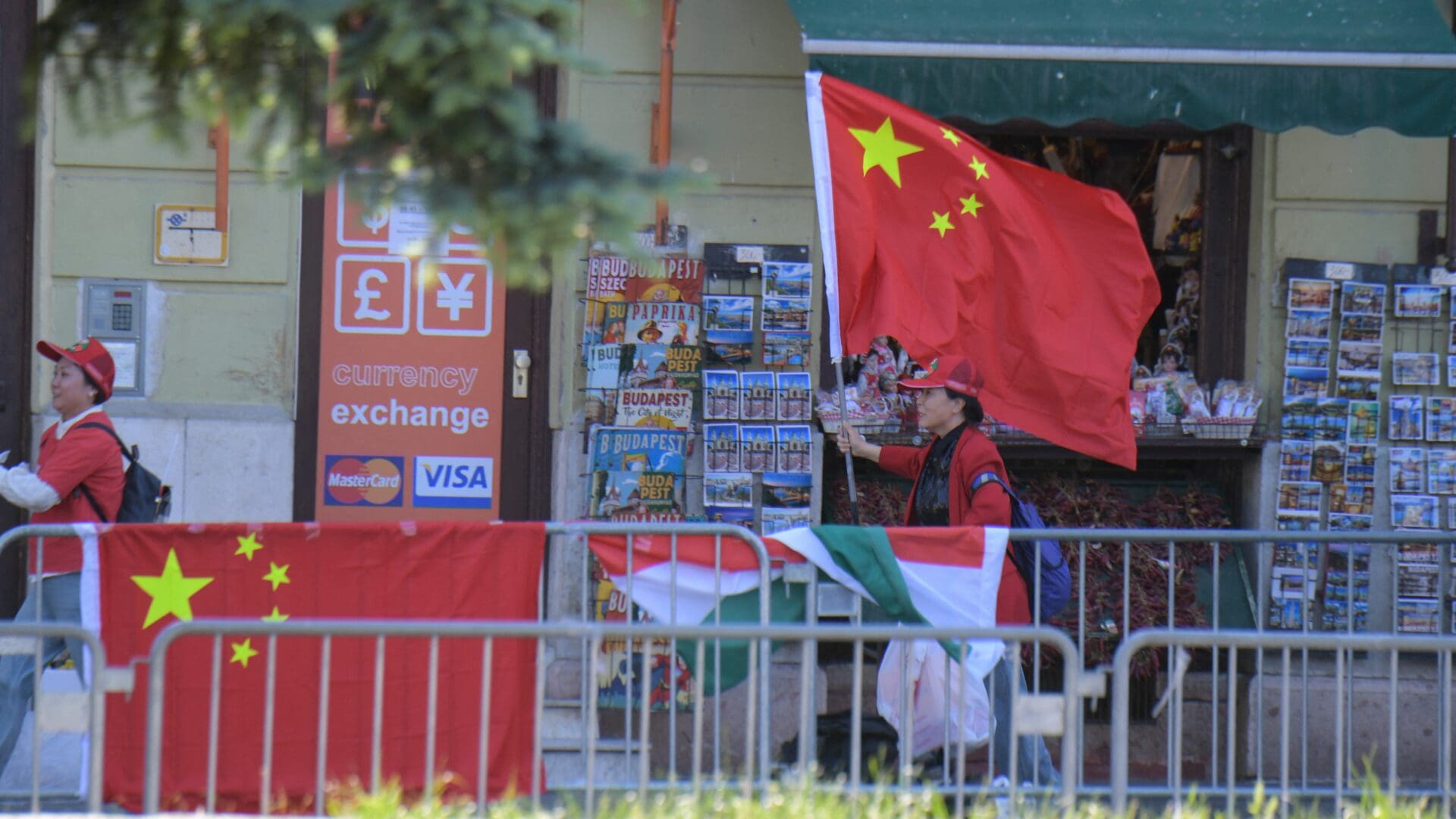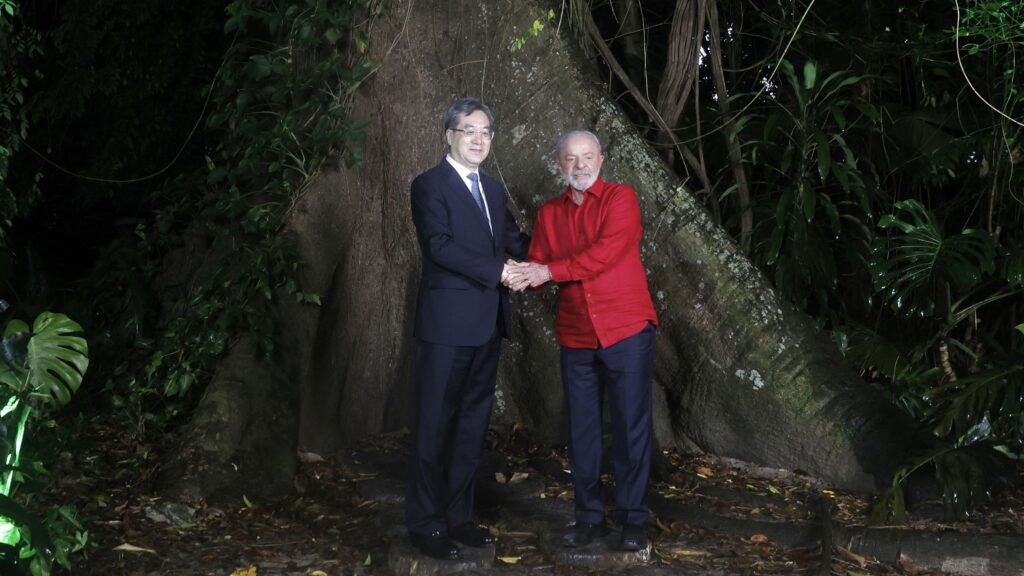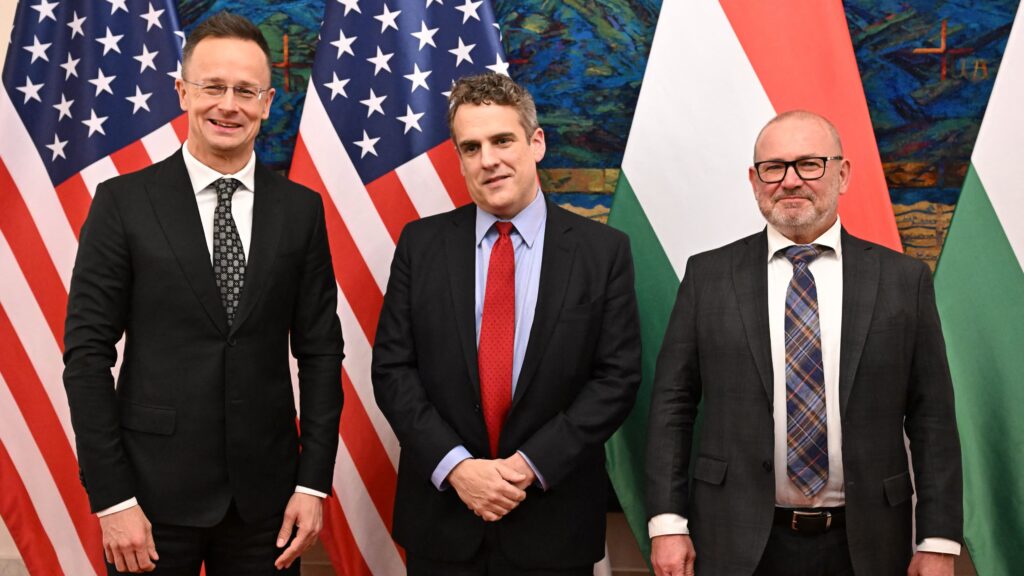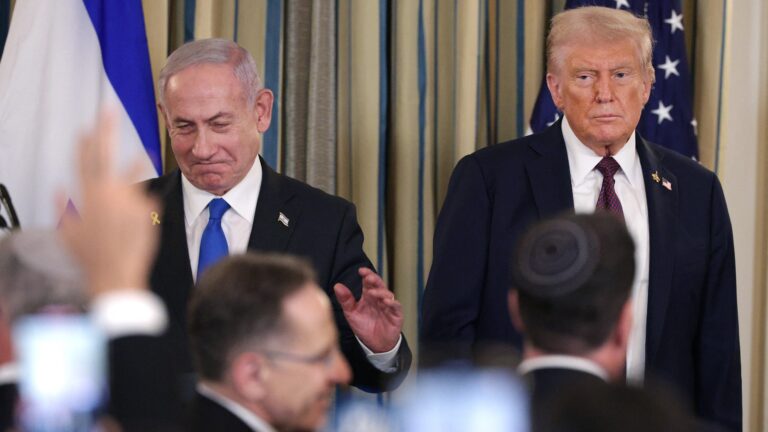Our reality today is characterized by a conflict between liberalism and populism, an increasingly multipolar world, and a clash between sovereignty- and human rights-focused approaches. These processes are often manifested in the economic dimension, in the form of investments or lack of investments in semi-peripheric buffer zones and the debates about them.
With Xi Jinping’s recent visits, the critical voices about Hungary’s pragmatic, sovereigntist and pro-connectivity foreign policy have become stronger. The animosity and anxiety over expanding Hungarian-Chinese relations shown by media commentators and liberal politicians is baffling.
First, Hungary is connected to the Western, North Atlantic bloc in every possible way. There is no question about that. At the same time, however, it has a particular worldview and a government that goes against many Western trends and ideas. This is because Hungary is on the semi-periphery of the Western world where East, West, and North and South meet (or collide). We have learned from our historical experience and therefore our leaders and most Hungarians are now on the side of mutual understanding, dialogue and peaceful coexistence in terms of our relations with the rest of the world.
In Hungary, political globalism, such as the aspirations of the United States, are viewed with uneasiness; globalism in that sense is an uncomfortably negative term. Because we are small. We are put off by US power-building and attempts at ideological colonization. On the other hand, China, the other global player, does not engage in that type of globalism. Its globalism is pragmatic, without the ambition to impose its ideologies on other countries.
For a country like Hungary, globalism and globalization is a good thing. Economic globalism. Not ideological globalism, which could be described as North Atlantic internationalism.
Hungary insists on following its own path: it stands up for its sovereignty, it defends families, its borders, and its economy. At the same time, it is open to the world, and wants to engage with all players around the globe, which includes skilfully attracting investments from the East, including Asia. But it does not want to lecture other countries; it does not want to be on bad terms with other countries, and it does not want to get into ideological debates. It wants growth, it wants security, and it wants peace. In that sense, we have more in common with China than one would think. While we are constantly lectured by EU institutions and the United States, which punishes us with moves like the scrapping of the double taxation treaty between the two countries, there has been no willingness on their part to invest majorly in important infrastructure projects. We have been lectured about our terrible energy dependency on Russia, for instance, but not much has been done in terms of helping us create alternative routes.
As opposed to that, China is a willing partner in Hungary’s efforts to increase connectivity.
The much-criticized Budapest–Belgrade railway is China’s first high-speed rail project in Europe and the first in Central and Eastern Europe to be completed as part of the Belt and Road Initiative.
Is this path of pragmatic economic and foreign policy viable? Serbia, which is light years away from us in terms of Western integration but physically and historically very close, is a good example. Its post-Yugoslav neighbour Croatia has grown more slowly inside the EU over the past decade than Serbia has outside of it, not the least thanks to its Eastern ties.
Serbia, one of the first nations in Europe to sign a cooperation deal with China, is a vital BRI (Belt and Road Initiative) partner. For the past ten years, Serbia’s national development has incorporated the BRI, setting an example for the rest of the world. Projects like the Hungary-Serbia railway, the Belgrade Ring Road, the Sava River Bridge, as well as the Smederevo steel factory have greatly enhanced the daily lives of the people. These projects have also increased trade, investment, and employment while revitalizing Serbia’s development. The Hungary–Serbia railway and the Smederevo steel factory are two notable examples of this. 2013 saw the announcement of the Hungary –Serbia railway project, which came just after the BRI was put into effect. The Belgrade–Novi Sad segment of the Hungary-Serbia railway was finished and put into operation in 2022, cutting the 90-minute travel time between the two cities in half. The Hungary Serbia railway’s Belgrade–Novi Sad segment has carried over 7 million people in the past two years.
By the end of 2024, the Serbian portion of the Hungary–Serbia railway line should be finished, and it’s anticipated that it will serve as an important transport route for goods and people to and from the East.
In Hungary, of course, the globalist left is fighting the investment with all its might. No wonder, since the Biden administration, which supports the Hungarian opposition, is its most important opponent. But we are similarly castigated for going ahead with the construction of the new block of the Paks nuclear power plant, and for not shooting ourselves in the foot and severing all economic ties with Russia. The question to our Democrat American friends is: how about encouraging and supporting major American infrastructural investments instead of the constant political lecturing and punitive measures that do harm to our economy? It seems that for now, the United States simply cannot give us anything beyond aggressive threats. If it is unable or unwilling to be a partner in large-scale projects of connectivity, it should just let us try to build economic relations as an independent country with whomever we want, even in these turbulent times.
Related articles:







